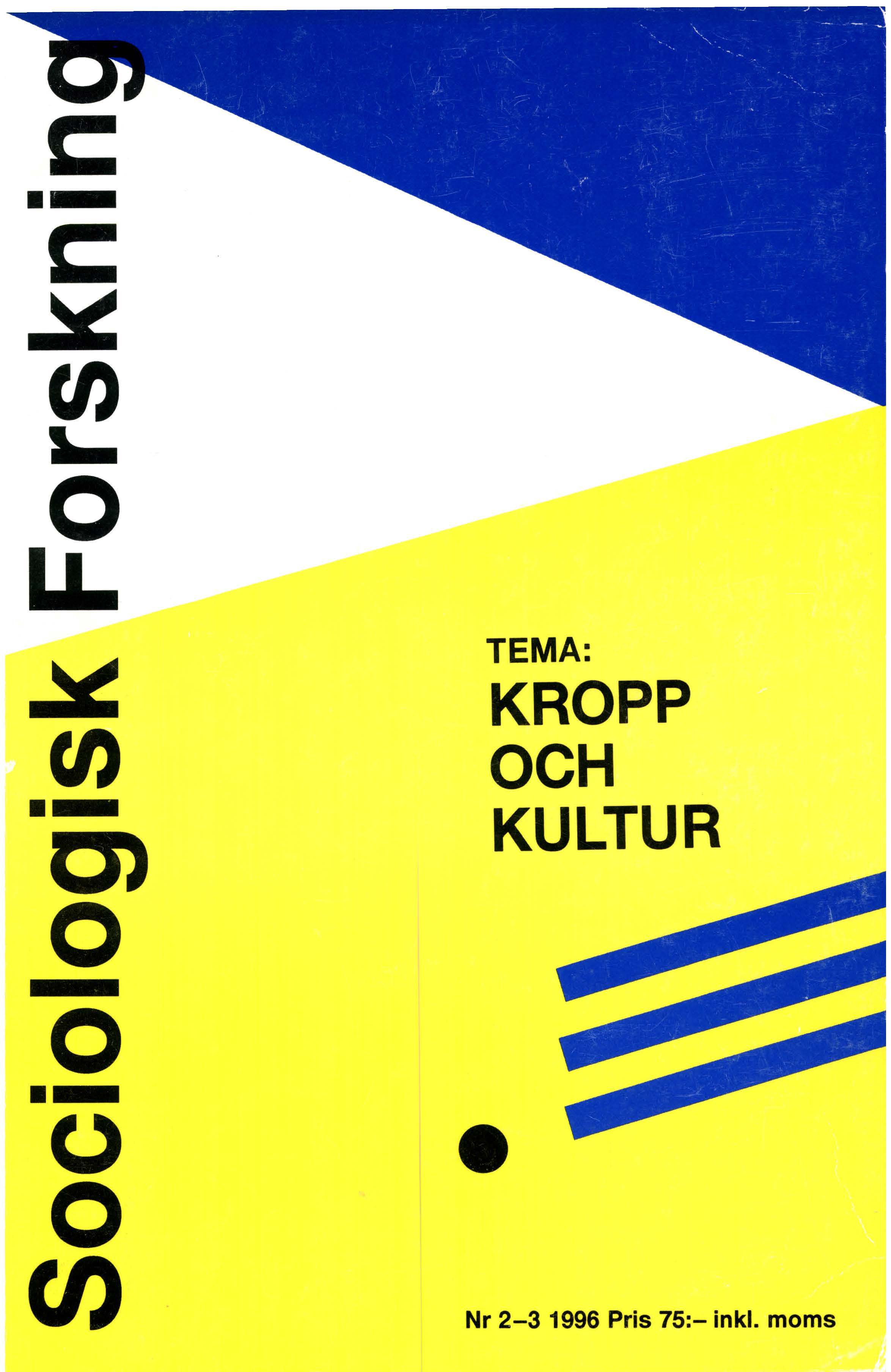Den ubehagelige kroppsligheten
DOI:
https://doi.org/10.37062/sf.33.18562Abstract
This article raises some questions related to the ways we feel, react and think about the body and especially the bodily taboos. The body is a source for lust, desire and sexual pleasures as well as a source for experiences of shame, taboos and feelings of disgust and filthiness. But while it is relatively easy and uncomplicated to experience the bodily pleasures, it seems to be far more complicated and endangering to deal with body taboos. My studies of care work have made me aware of the paradox that whereas care and nursing are invariable initiated by bodily needs, the body as such is rendered absent in our understanding and analysis of care as work and culture alike. This goes especially for the kind of care work that is related to bodily decay, dirt and waste. The existence of bodily taboos seem to structure caring relations in certain ways. Experiences from the field of intimate care are seldom verbalised and talked about since as well carers as recipients have complicated feelings linked to their tabooed parts of the body. Such experiences are, however, a result of bodily functions we all share as human beings. During the processes of western individualization, the body-related all-human experiences have increasingly been connected to feelings of shame and guilt. It is, however, not possible to draw sharp lines between the body and personal identity: the body that produces dirt and waste and the whole person. Feelings of distaste that can occur in caring relations are tabooed and professional techniques of distancing oneself are developed. This implies the pretendance of not ”hearing, seeing or smelling” the bodilyness of other people. Such reactions are common, and based on cultural denial of the organic processes of life itself.
Downloads
Publicerad
Referera så här
Nummer
Sektion
Licens
Allt material i Sociologisk Forskning publiceras med omedelbar öppen tillgång (open access), under Creative Commons-licensen CC BY-NC-ND 4.0.
Allt innehåll i tidskriften är fritt tillgängligt utan kostnad och får för icke-kommersiella syften fritt läsas, laddas ned, kopieras, delas, skrivas ut och länkas. Innehållet får dock inte ändras. När innehållet används måste författare och källa anges. Upphovsrätten till innehållet tillhör respektive författare. Inga publiceringsavgifter tas ut.





